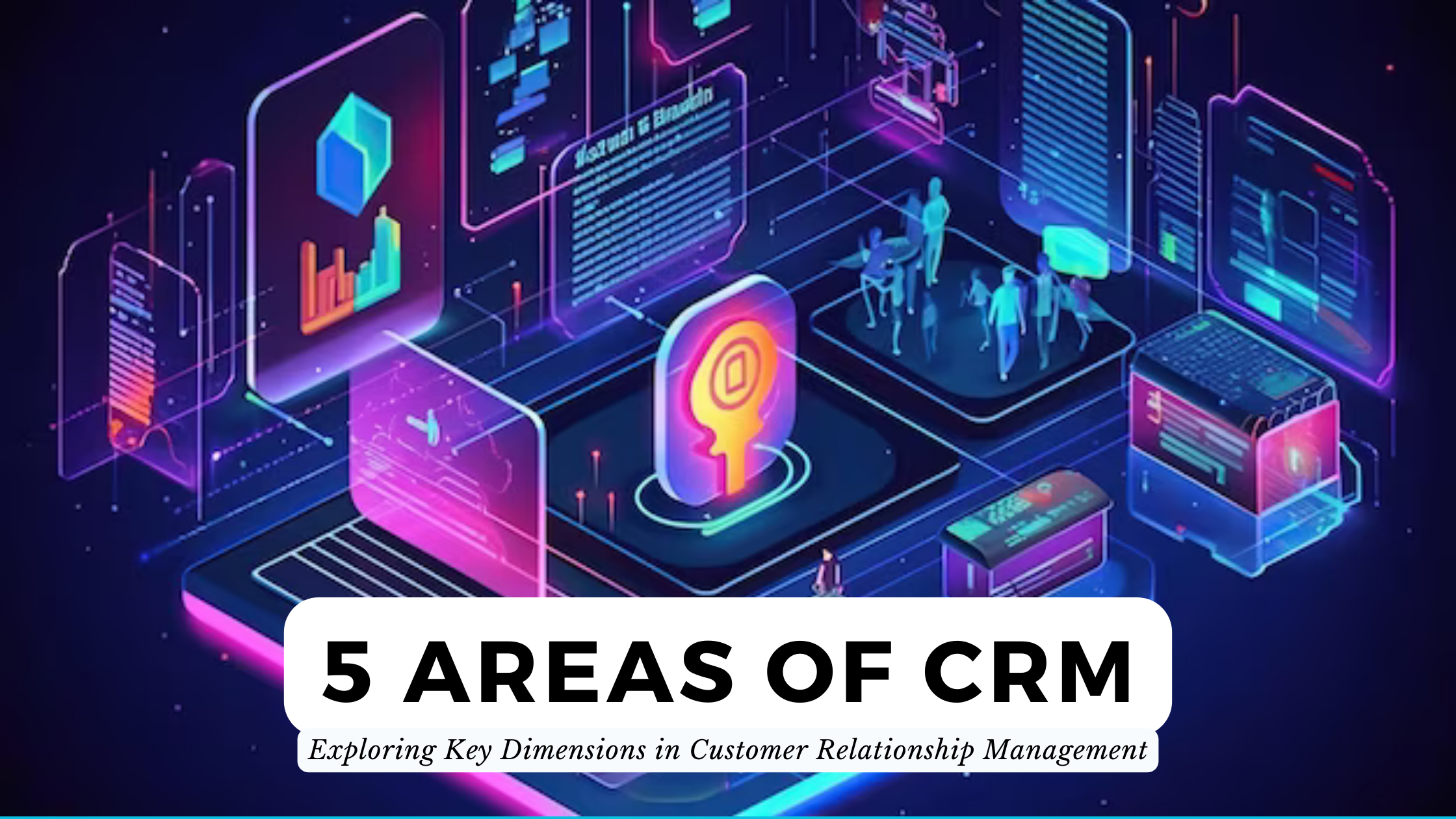5 Areas of CRM: Exploring Key Dimensions in Customer Relationship Management
- Proposal Software Customer Relationship Management


5 Areas of CRM: Exploring Key Dimensions in Customer Relationship Management
Customer Relationship Management (CRM) is a strategic approach that helps businesses manage and analyze customer interactions and data throughout the customer lifecycle. The goal is to improve customer service relationships, assist in customer retention, and drive sales growth12. Here are five key areas of CRM:
1. Customer Satisfaction
Customer satisfaction measures a customer’s perception of the quality of a product, service, or company, incorporating product engagement and many other factors1.
2. Sales Force Automation
Sales force automation (SFA) involves using software to automate the business tasks of sales, including order processing, contact management, information sharing, inventory monitoring and control, order tracking, customer management, sales forecast analysis, and employee performance evaluation3.
3. Marketing Automation
Marketing automation refers to the use of software and Web-based services to execute, manage, and automate marketing tasks and processes. It replaces manual and repetitive marketing processes with purpose-built software and applications geared toward performance2.
4. Service Automation
Service automation is the part of CRM that focuses on direct customer service technology. It helps automate and streamline service processes in a contact center2.
5. Analytical CRM
Analytical CRM involves the capture, storage, extraction, processing, interpretation, and reporting of customer data to provide customer and market insights2.
Now, let’s explore some of the relevant SaaS products that can help businesses manage these areas effectively:
- ClickUp4: ClickUp is a cloud-based productivity platform that provides a connected suite of applications for project management, including task assignments, status reports, and real-time task collaboration.
- Zendesk Sell5: Zendesk Sell offers tools to enhance productivity, processes, and visibility for sales teams. It provides an integrated platform for managing all customer interactions.
- Pipedrive6: Pipedrive is a sales management tool designed to help small sales teams manage intricate or lengthy sales processes. It is built from a salesperson’s perspective to enable users to manage leads and deals easily.
- Salesforce Sales Cloud7: Salesforce Sales Cloud is a customer relationship management (CRM) platform designed to support sales, service, and marketing departments. Salesforce Sales Cloud is a cloud-based application designed to help salespeople sell smarter and faster by centralizing customer information.
- Microsoft Dynamics 3658: Microsoft Dynamics 365 is a set of intelligent business applications that helps you run your entire business and deliver greater results through predictive, AI-driven insights.
- Oracle Advertising and Customer Experience9: Oracle Advertising and Customer Experience (CX) offers a connected suite of applications that goes beyond traditional CRM to help you create, manage, serve, and nurture lasting customer relationships.
- NetSuite CRM10: NetSuite CRM provides a real-time, 360-degree view of your customers. It provides a seamless flow of information across the entire customer lifecycle.
- SugarCRM11: SugarCRM is a customer relationship management (CRM) system that is available in both open-source and commercial open-source applications. It ensures that users have the right customer engagement strategy in place.
Conclusion
Understanding the key areas of CRM and leveraging the right SaaS products can significantly enhance a company’s ability to maintain strong customer relationships. These tools not only help in managing and analyzing customer interactions but also aid in improving customer service relationships, assisting in customer retention, and driving sales growth.
Relevant Links:





